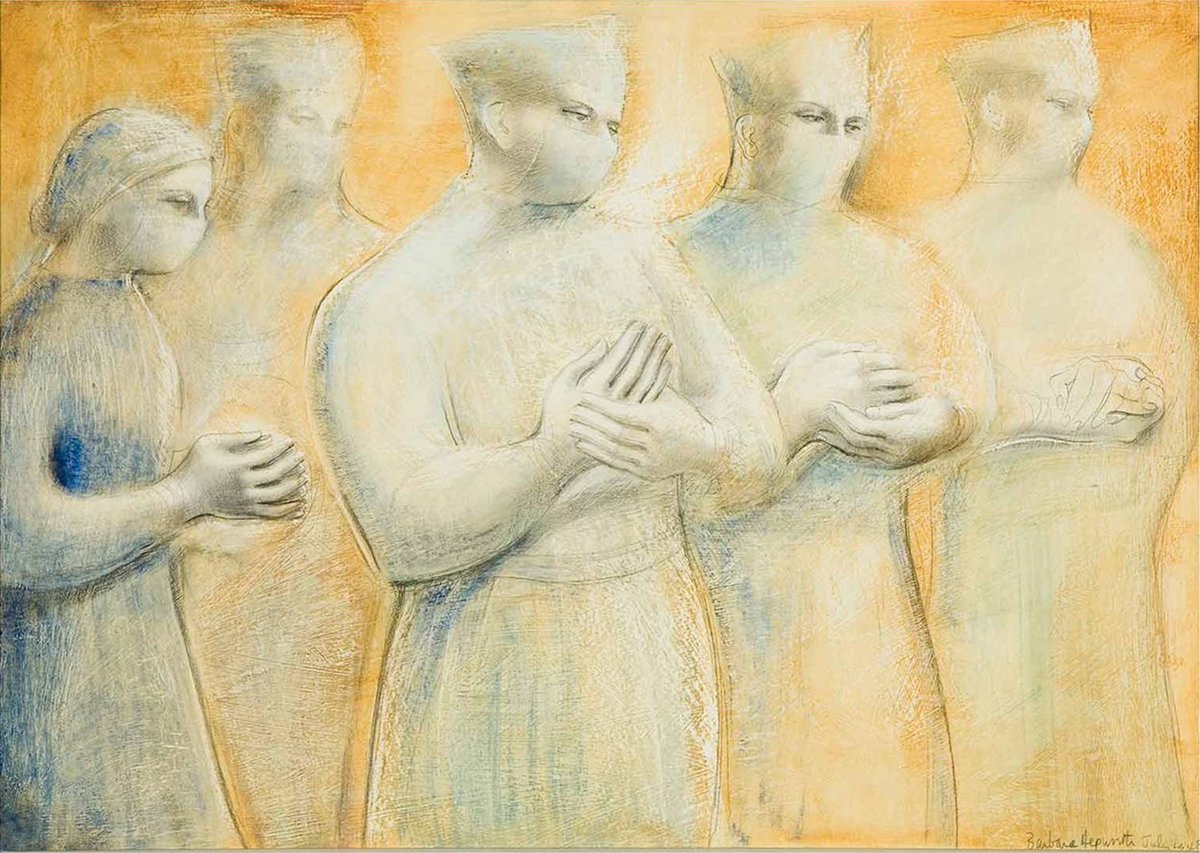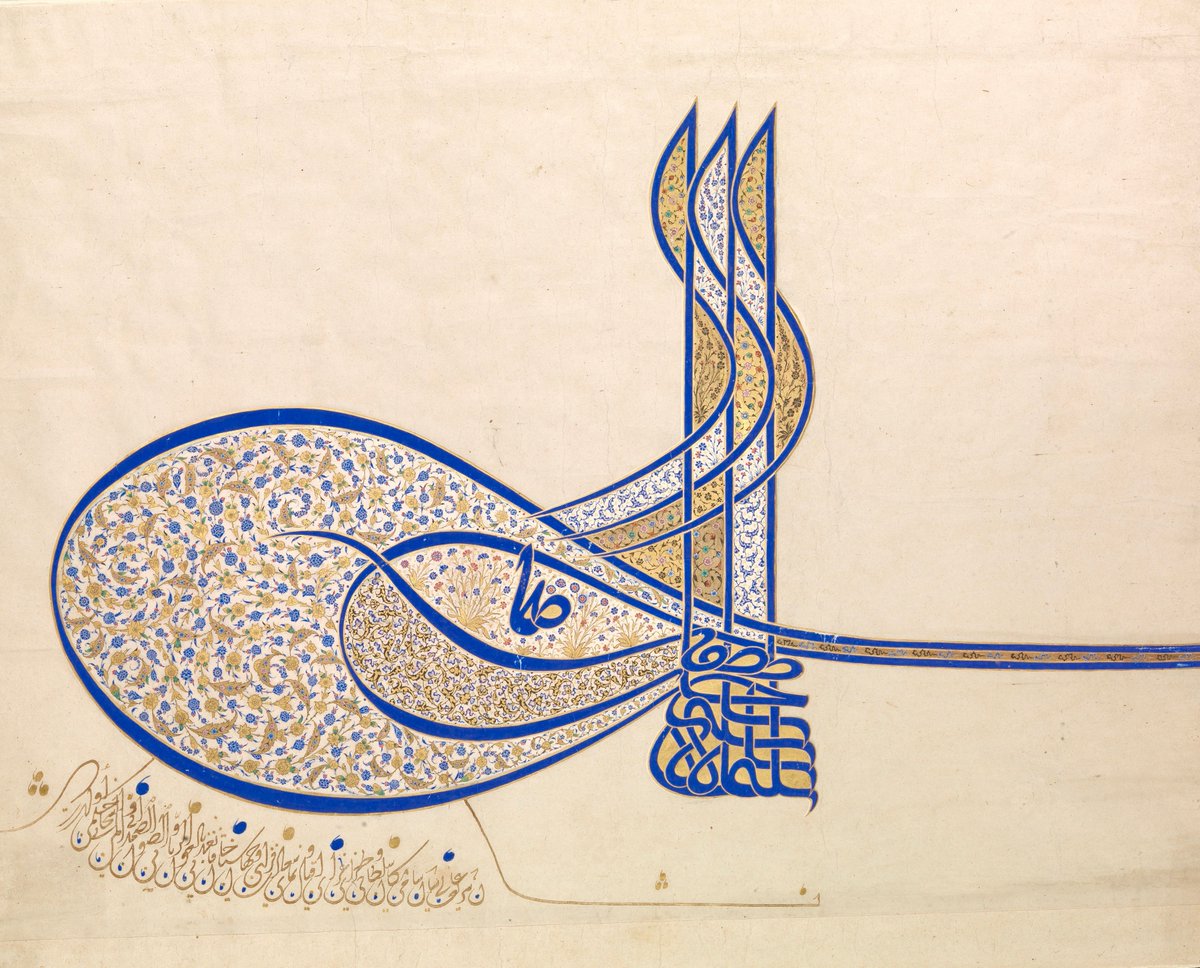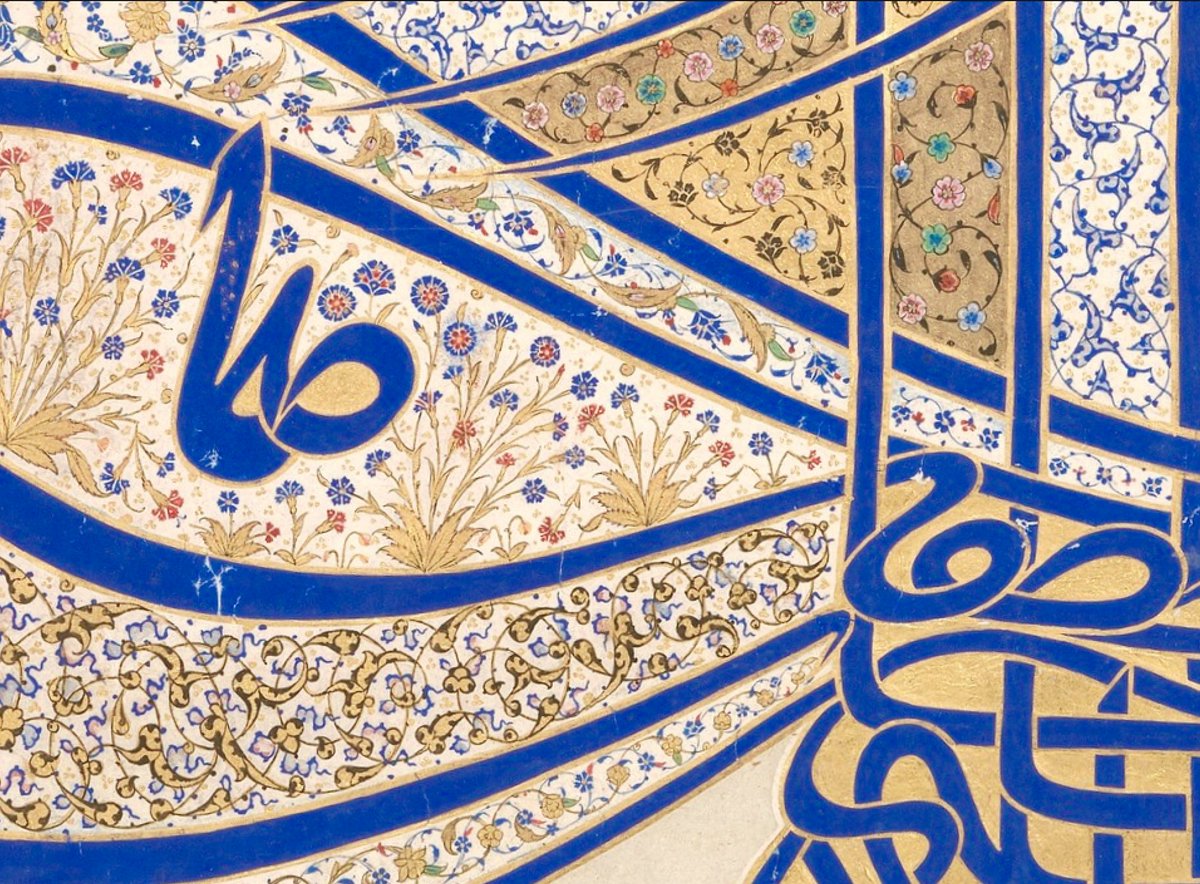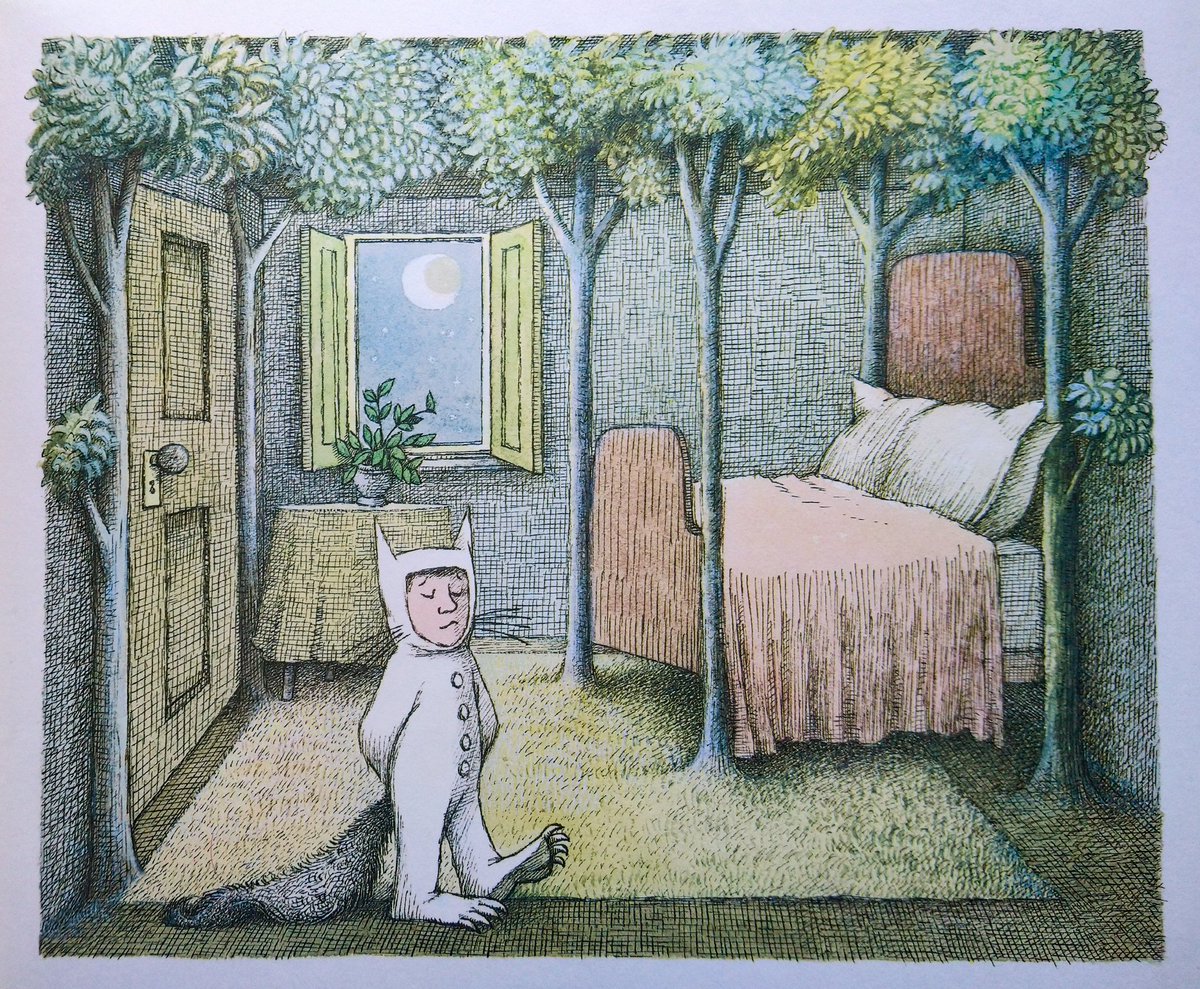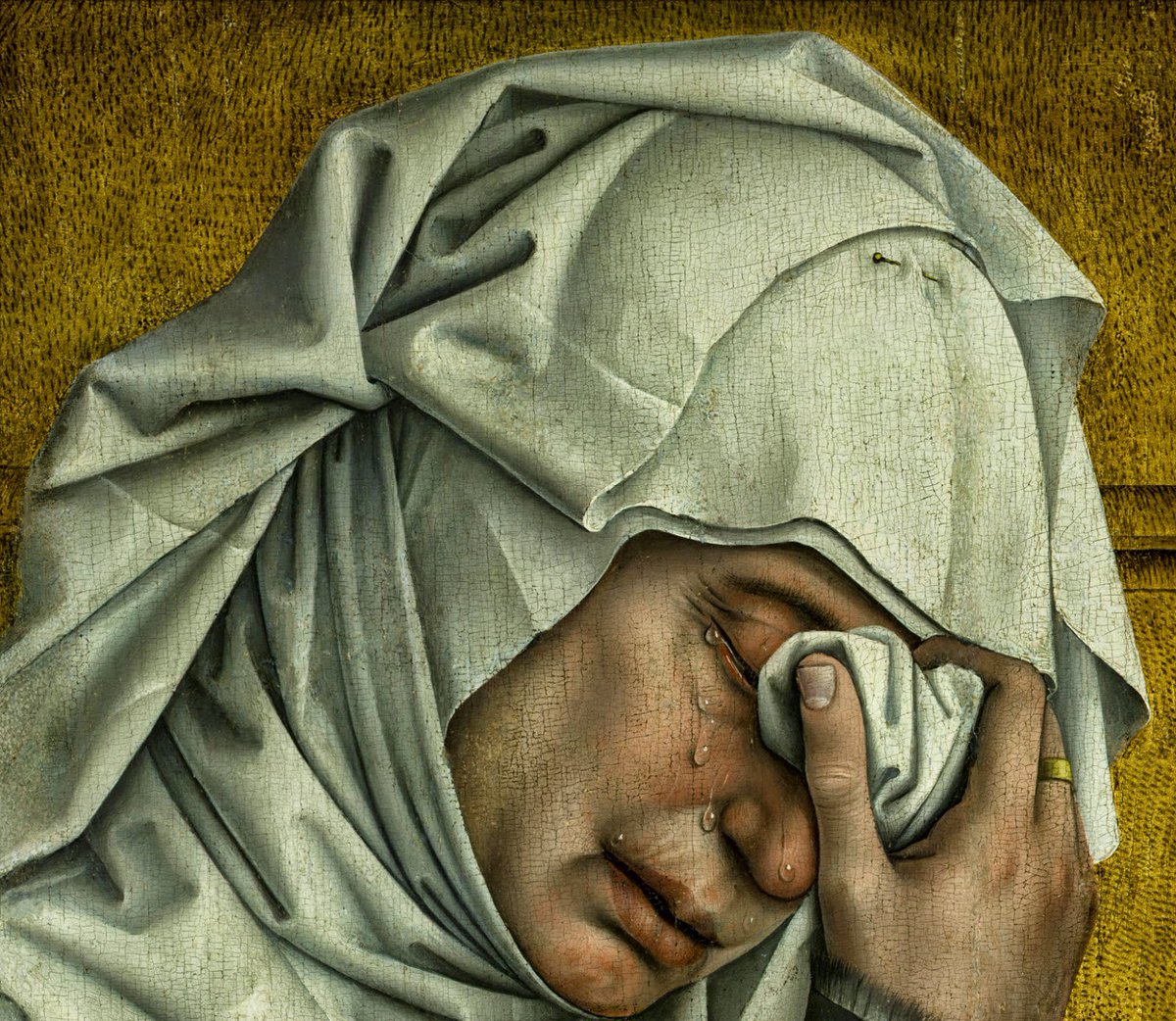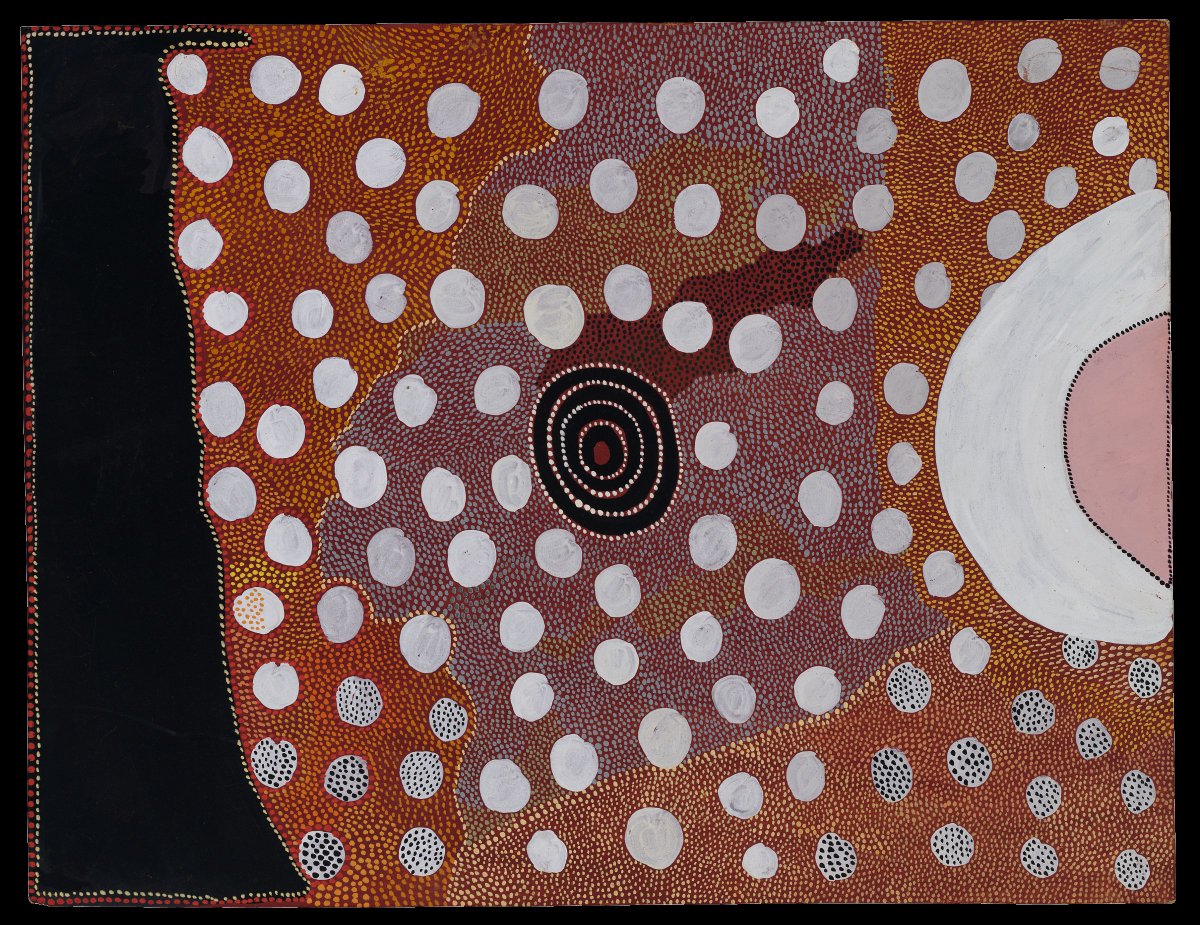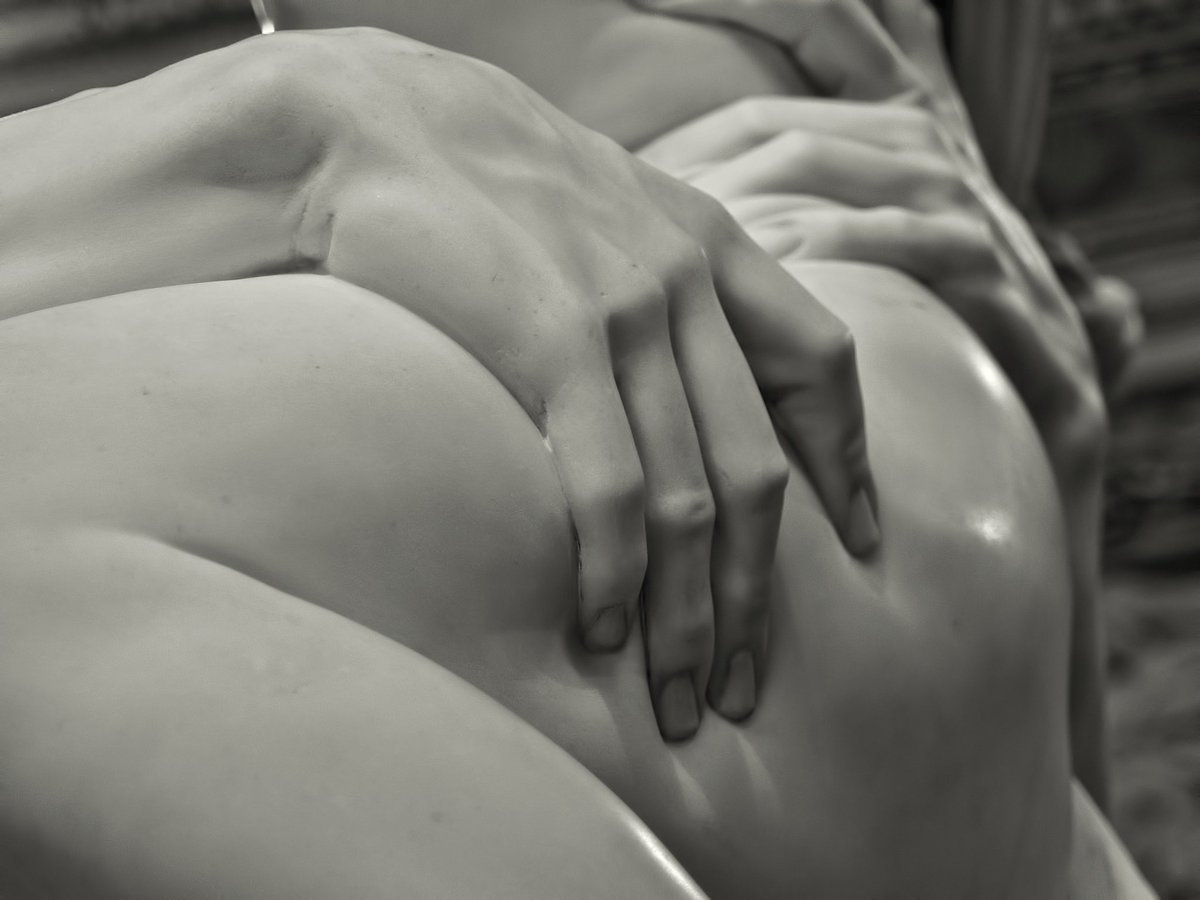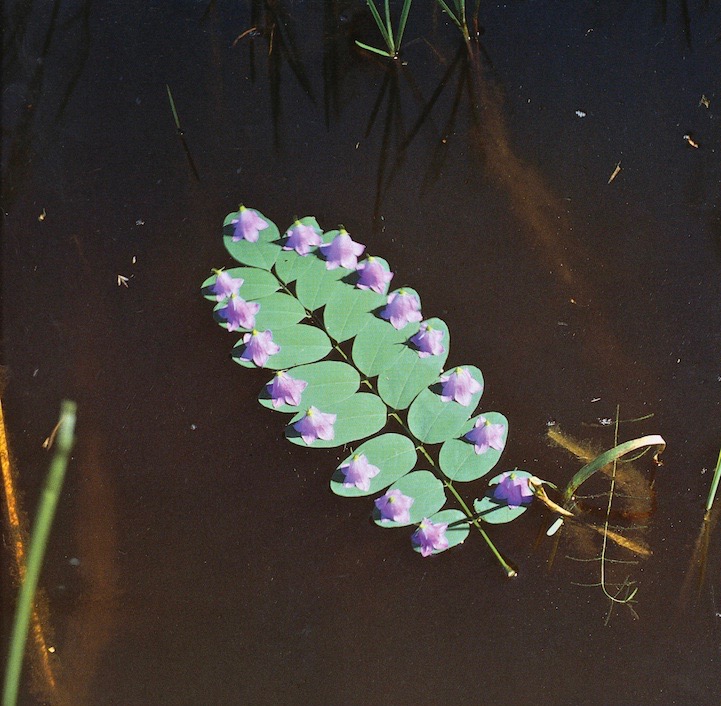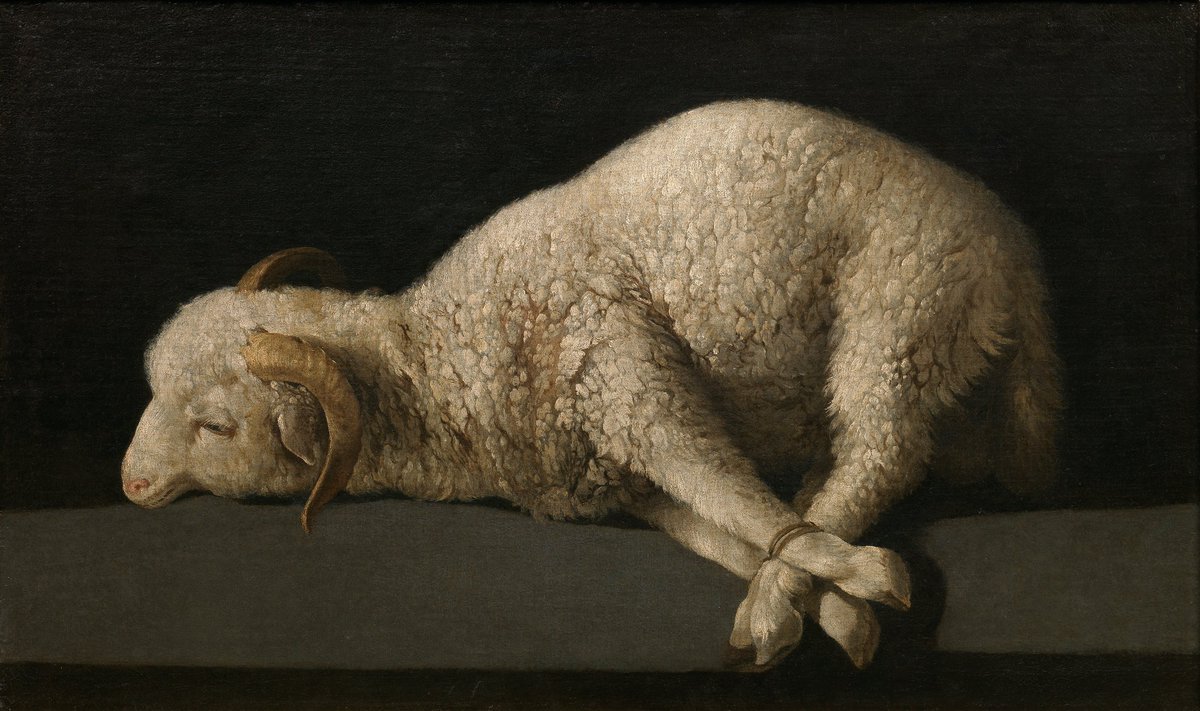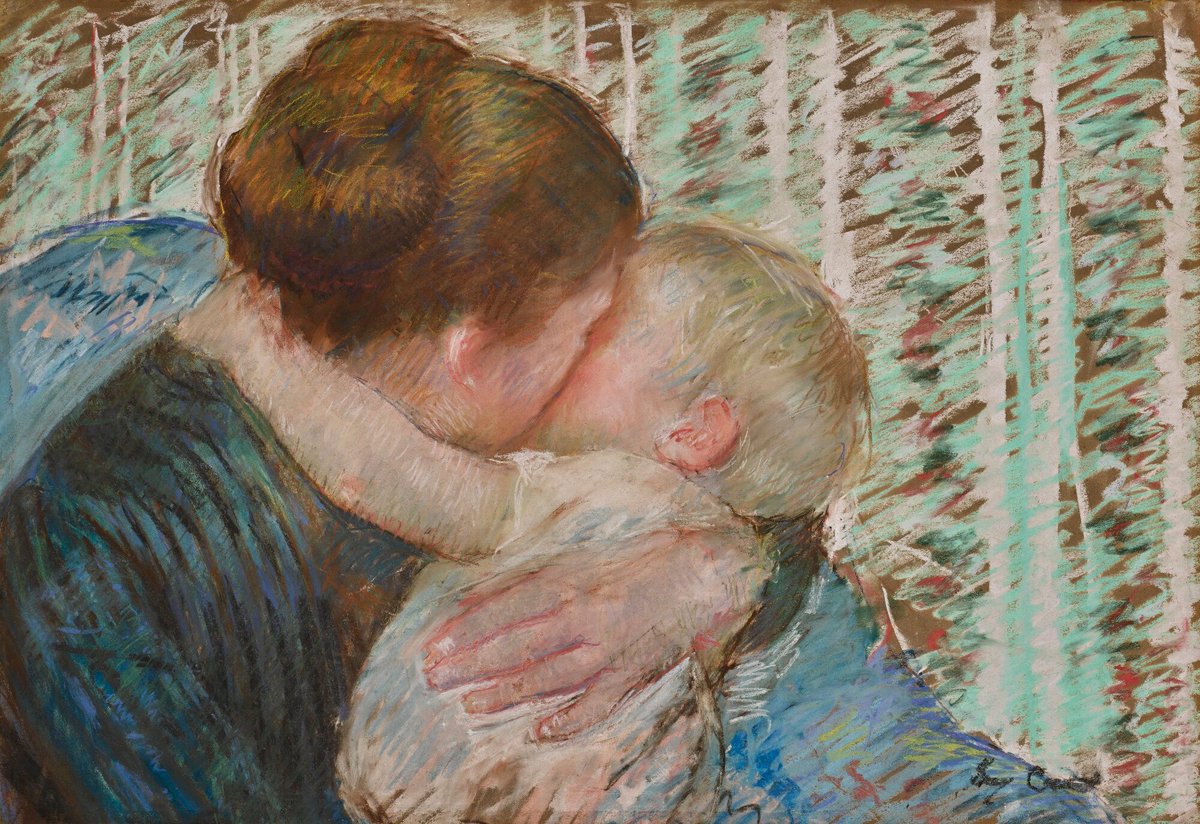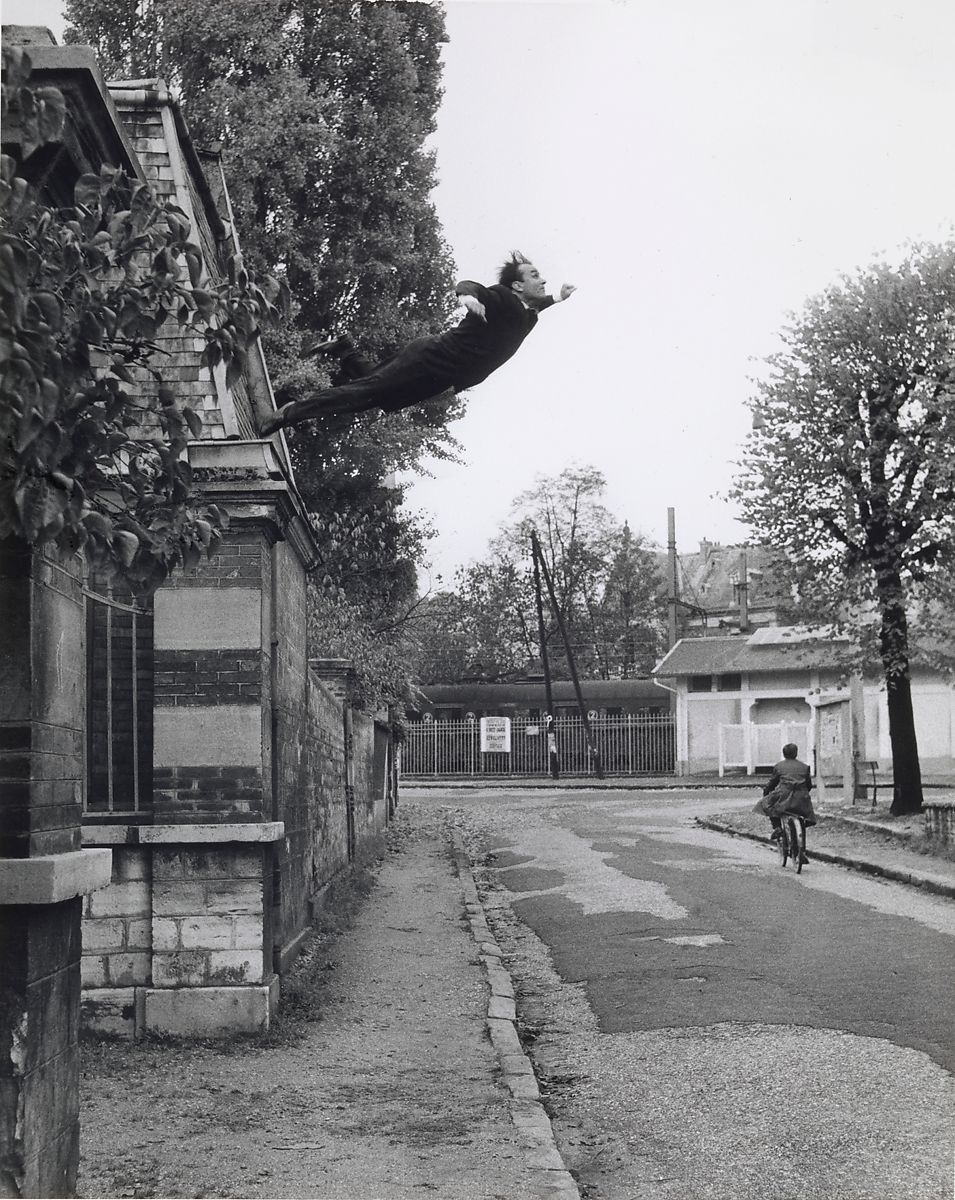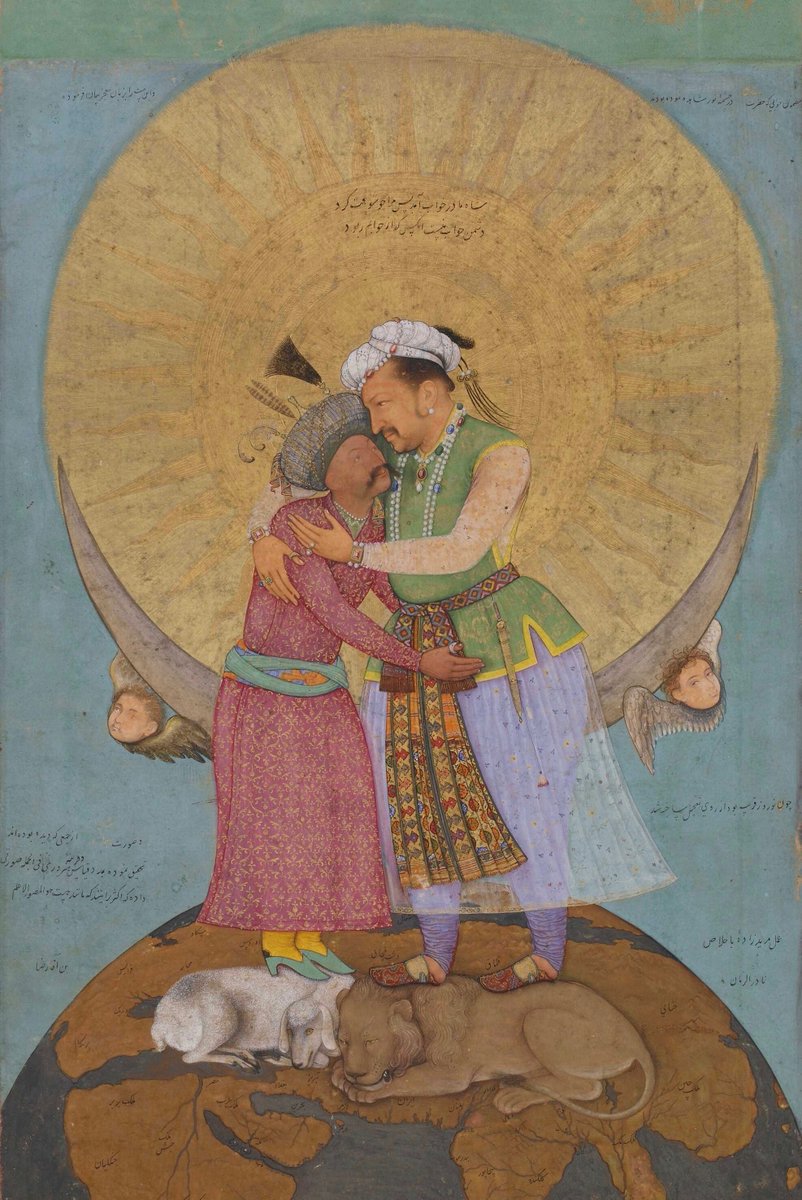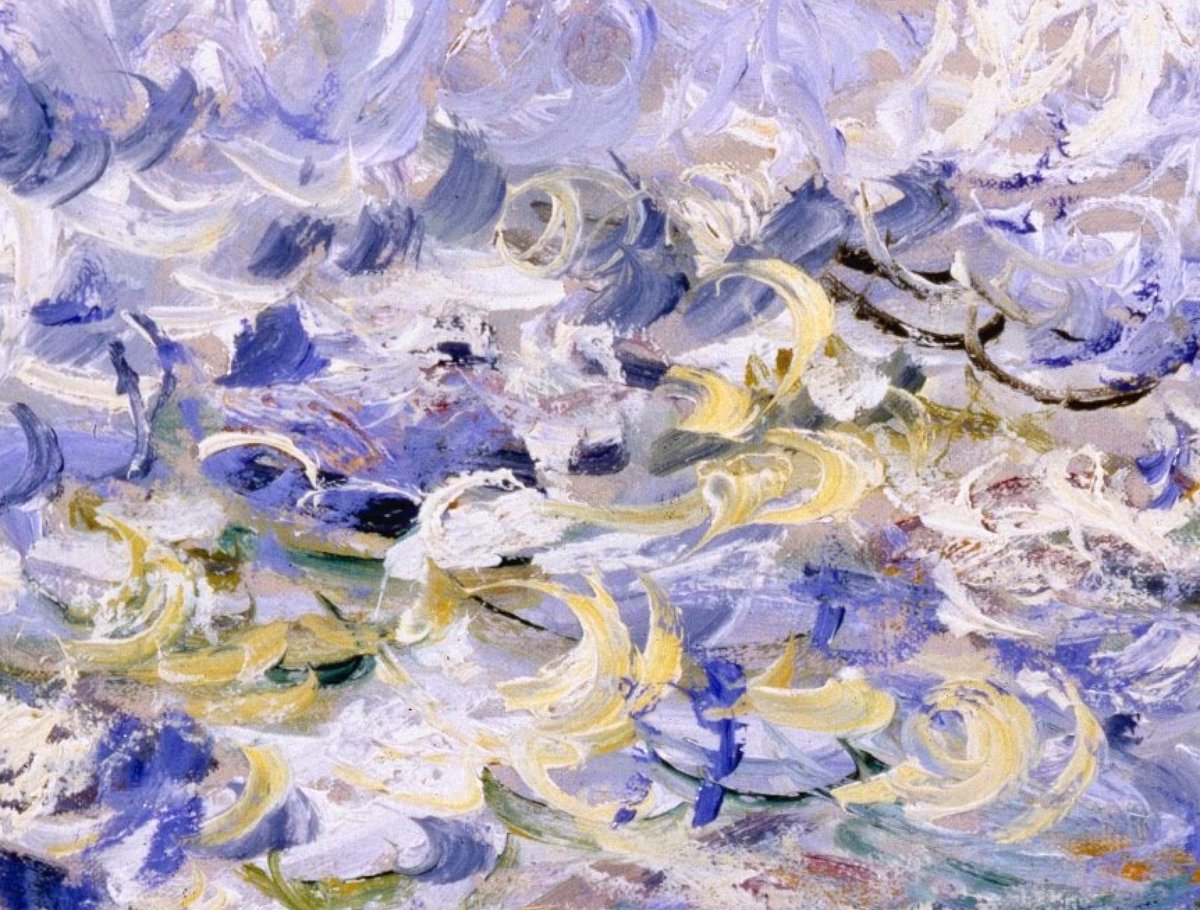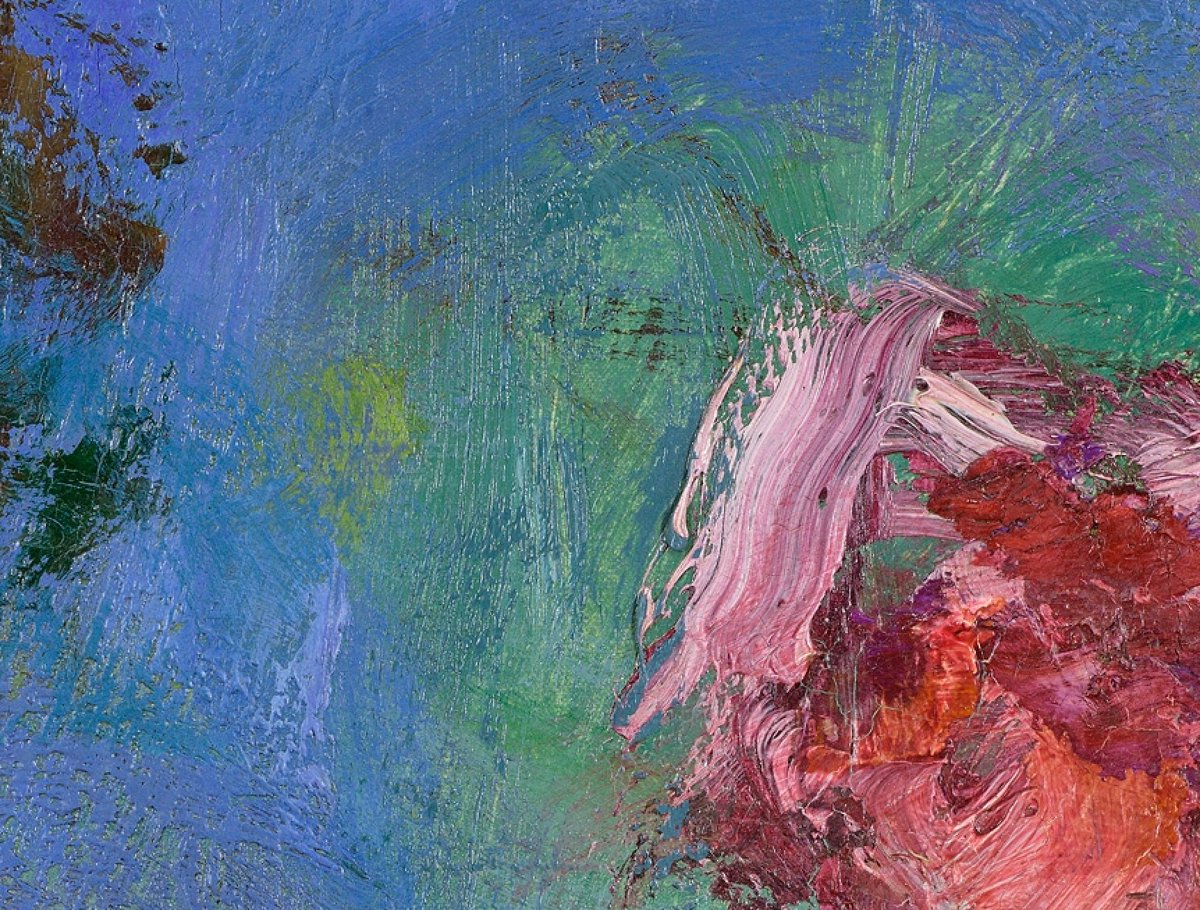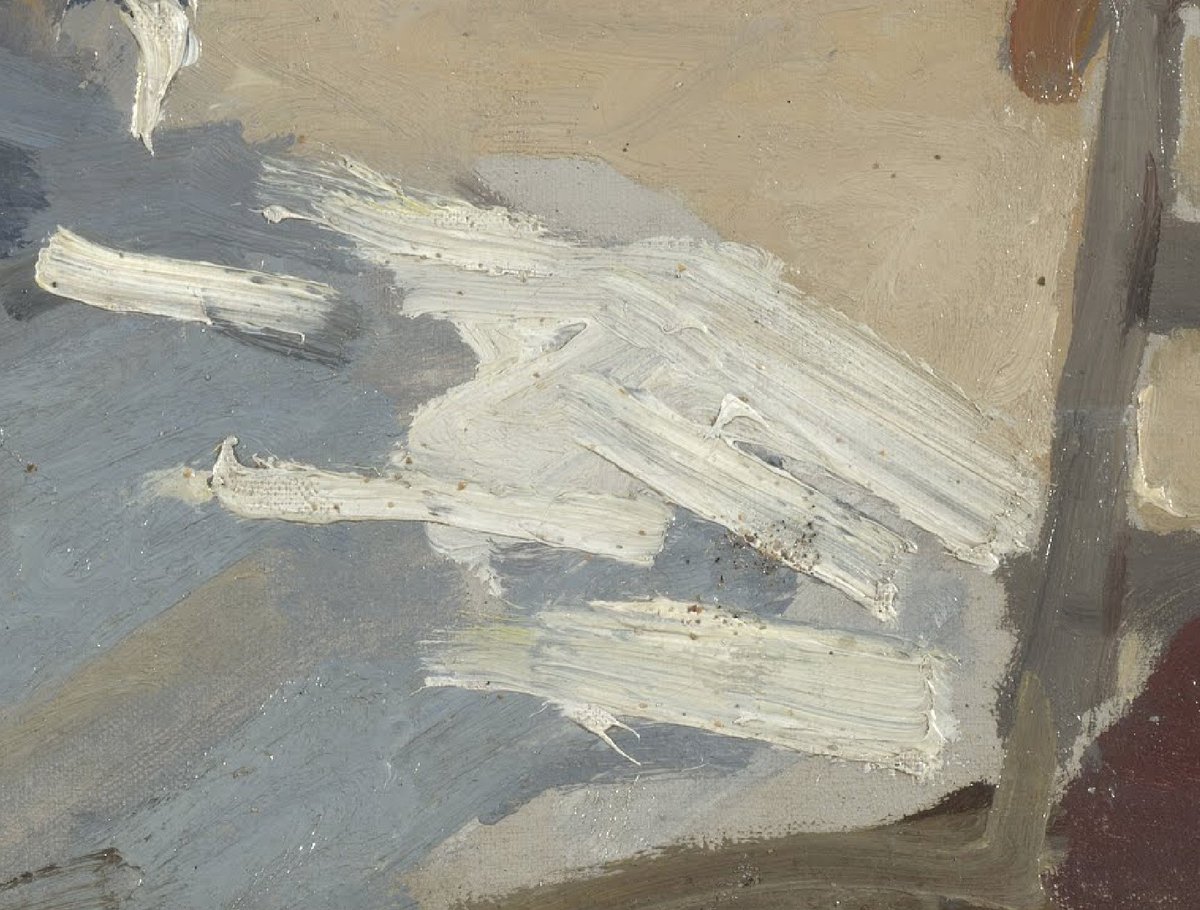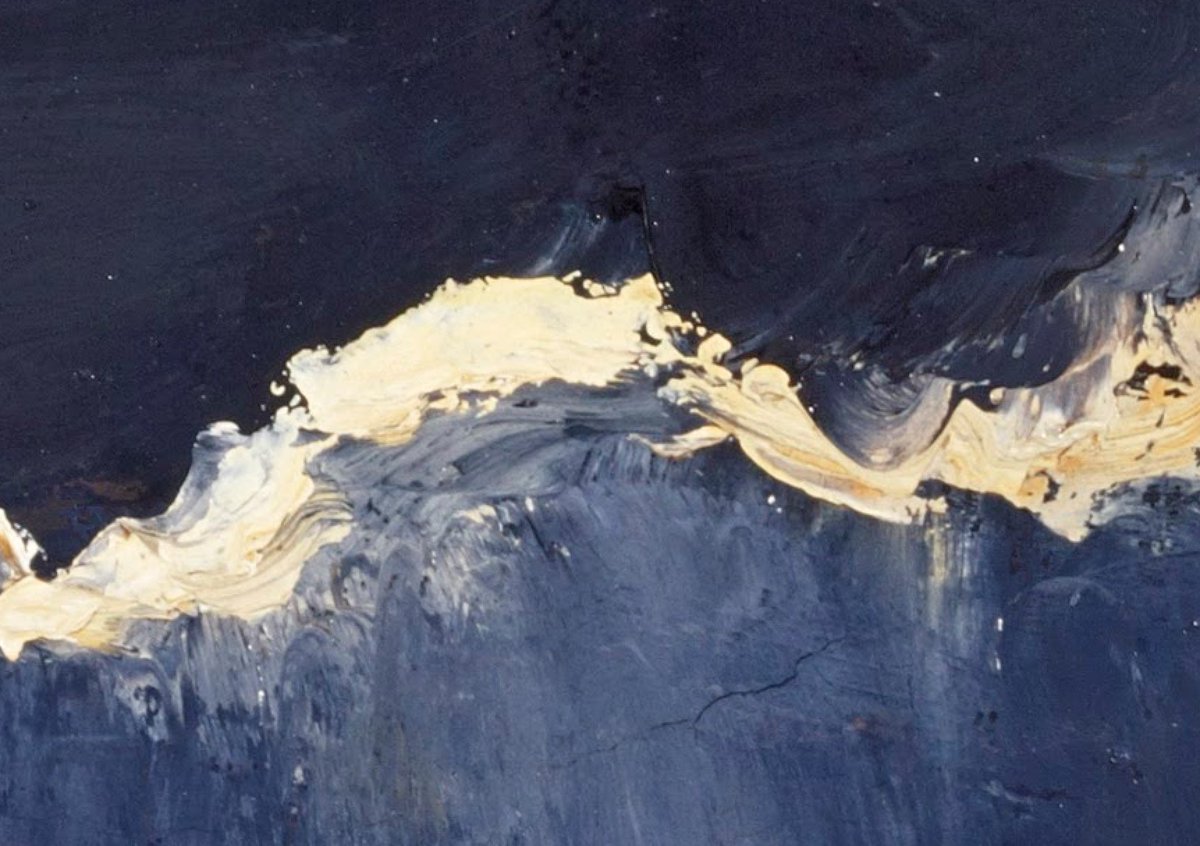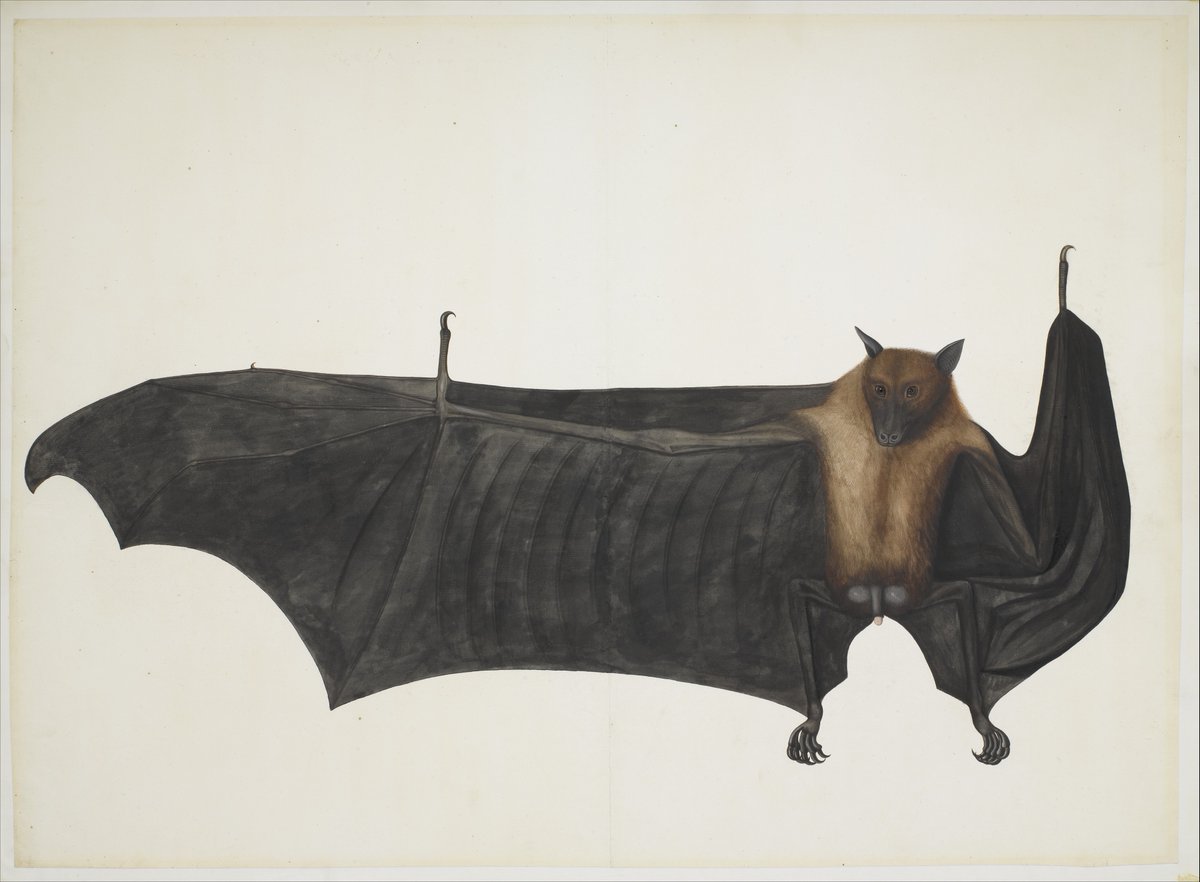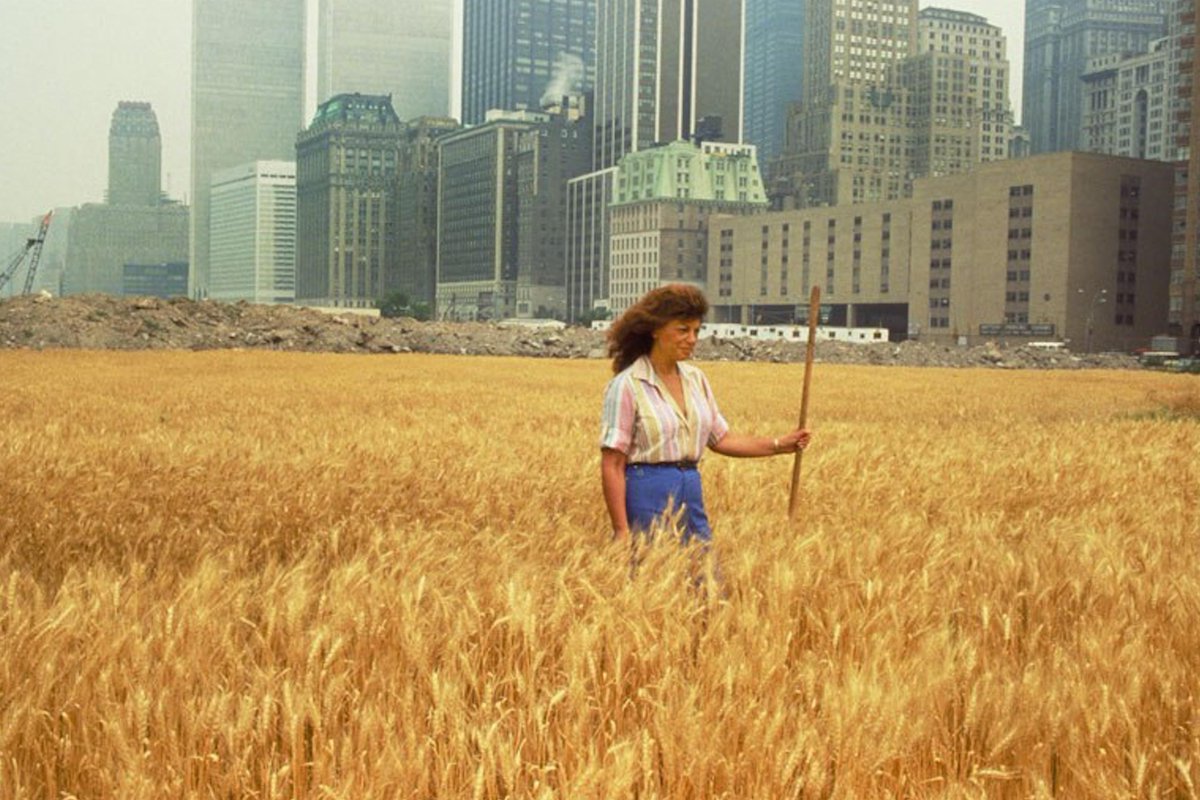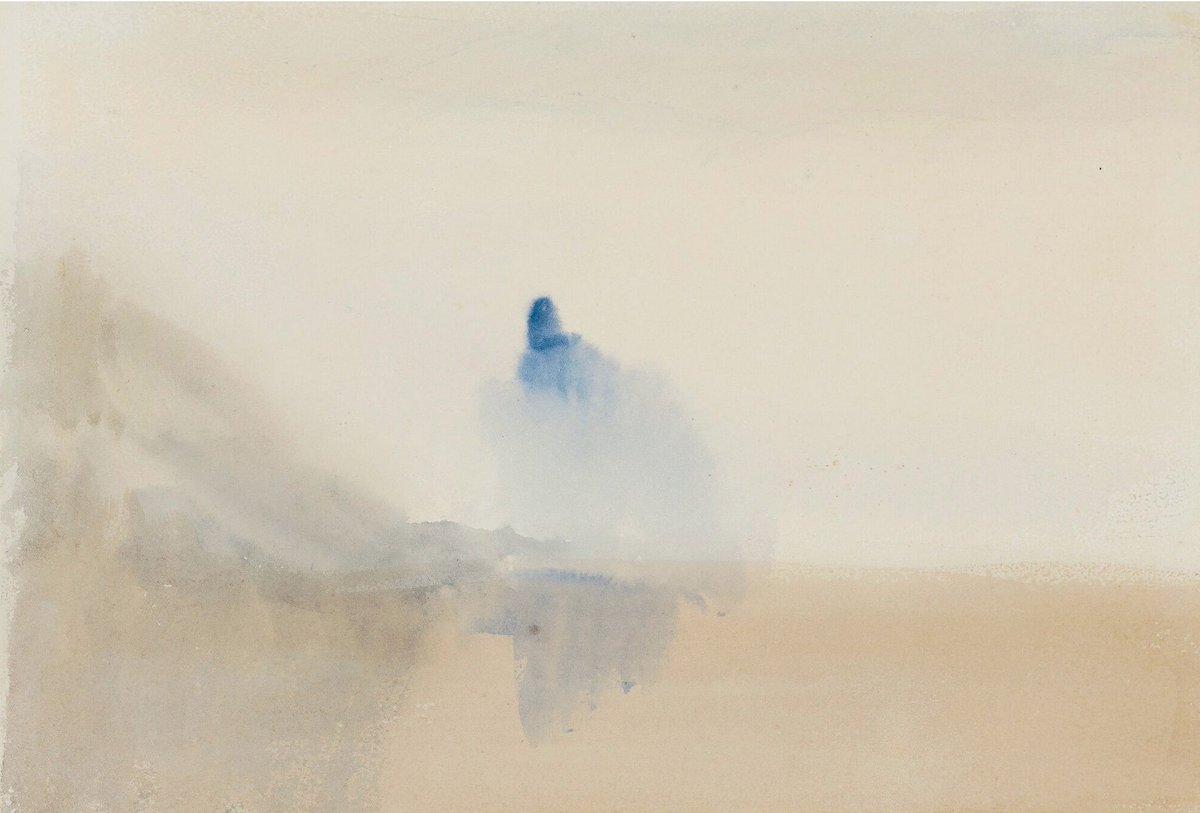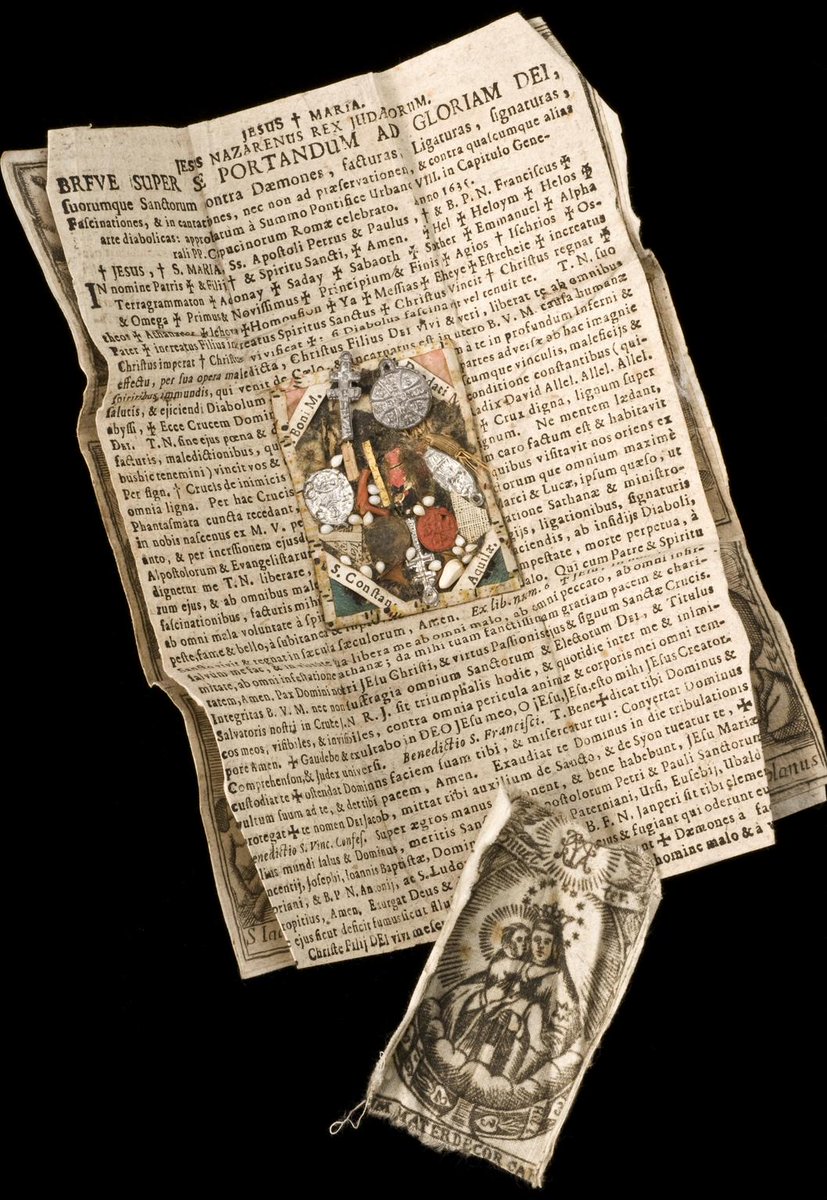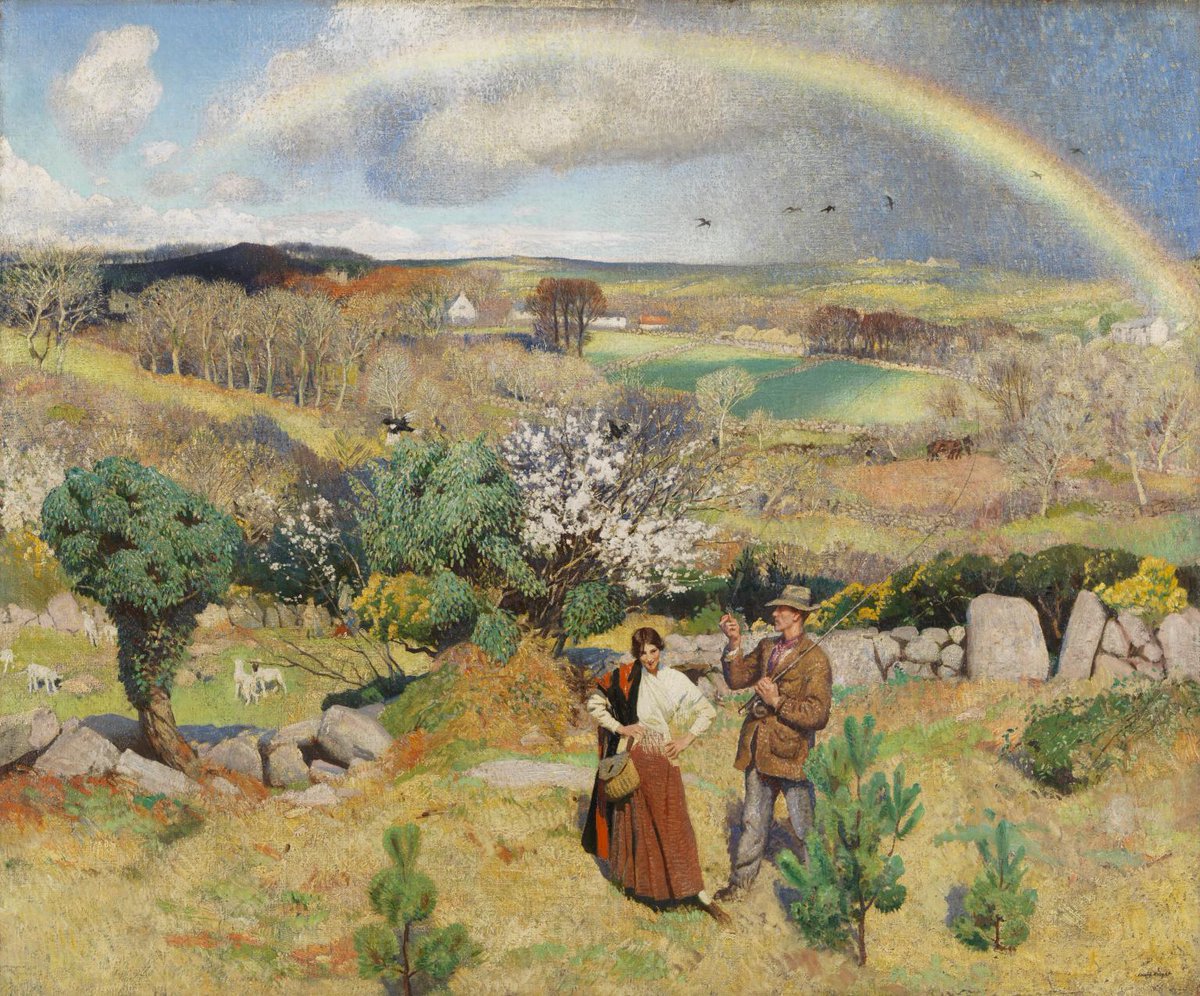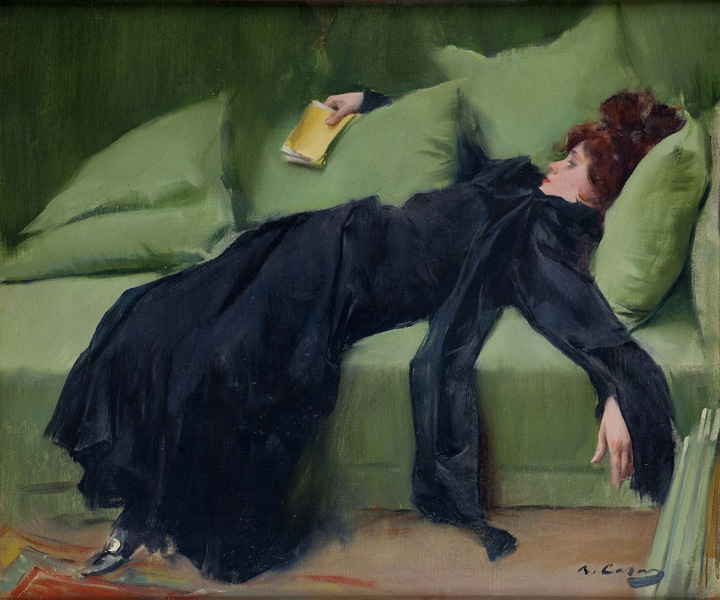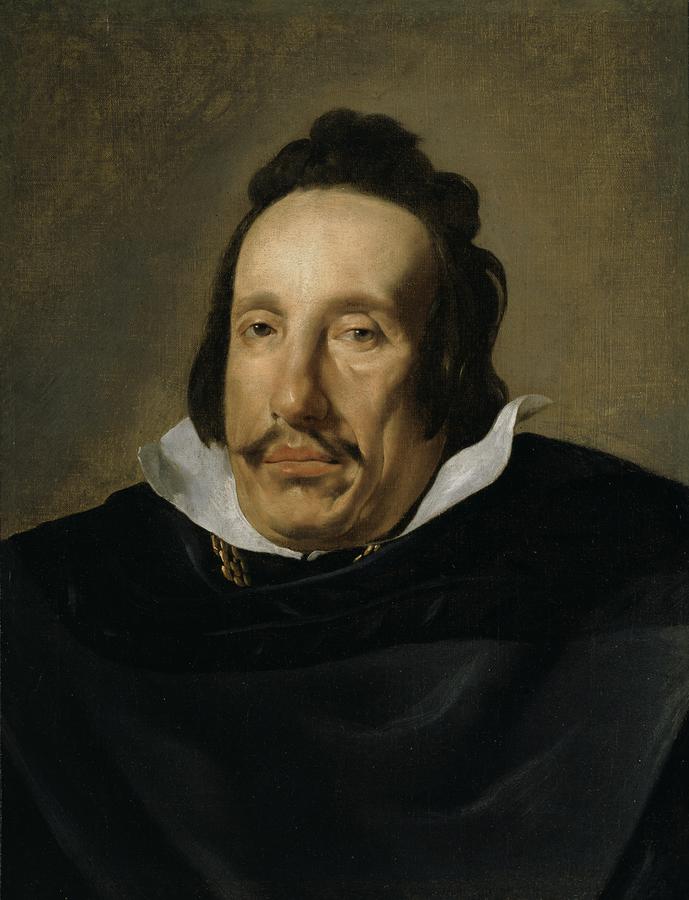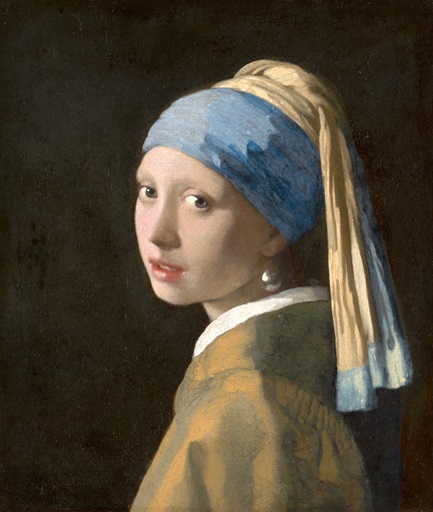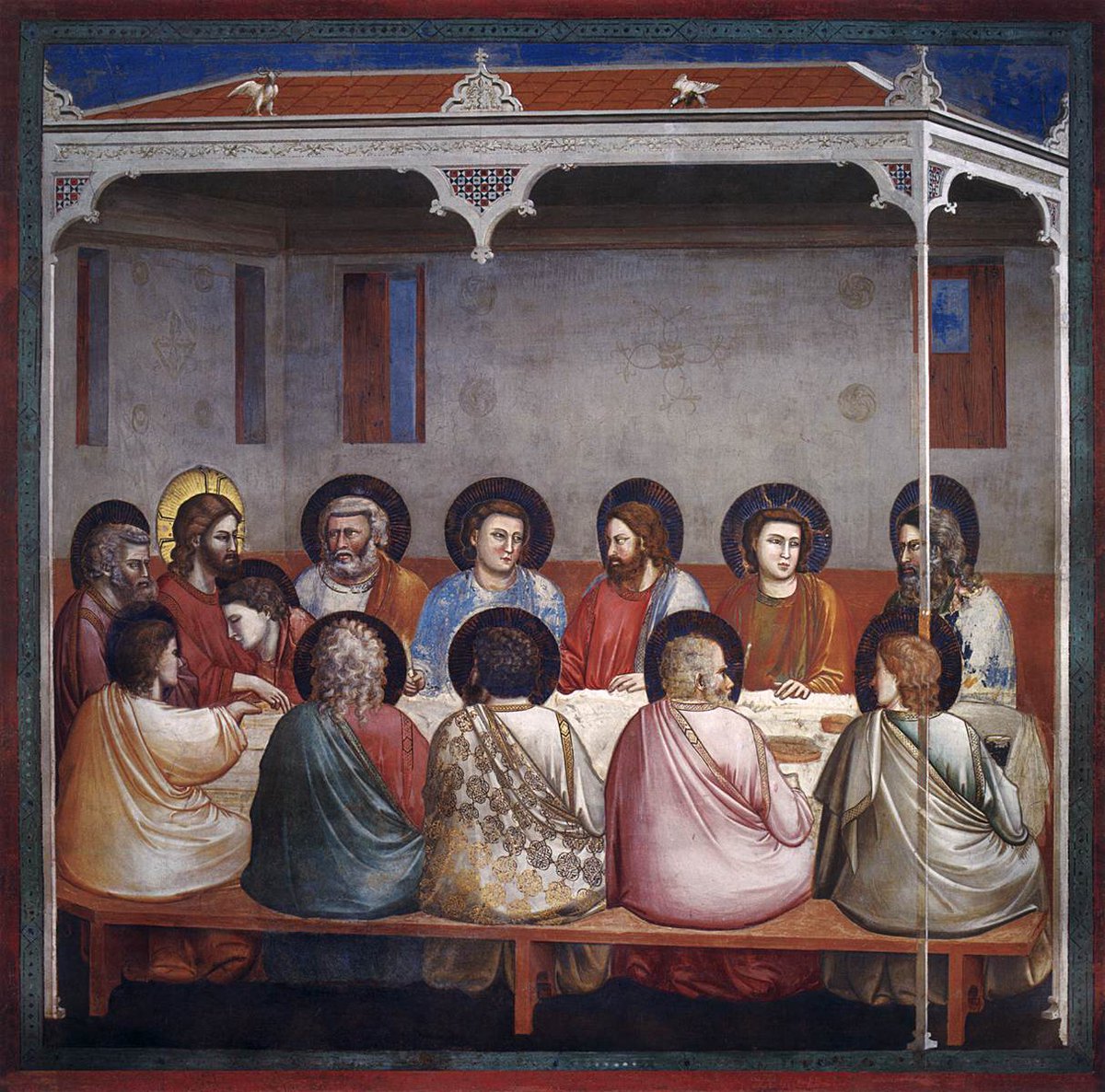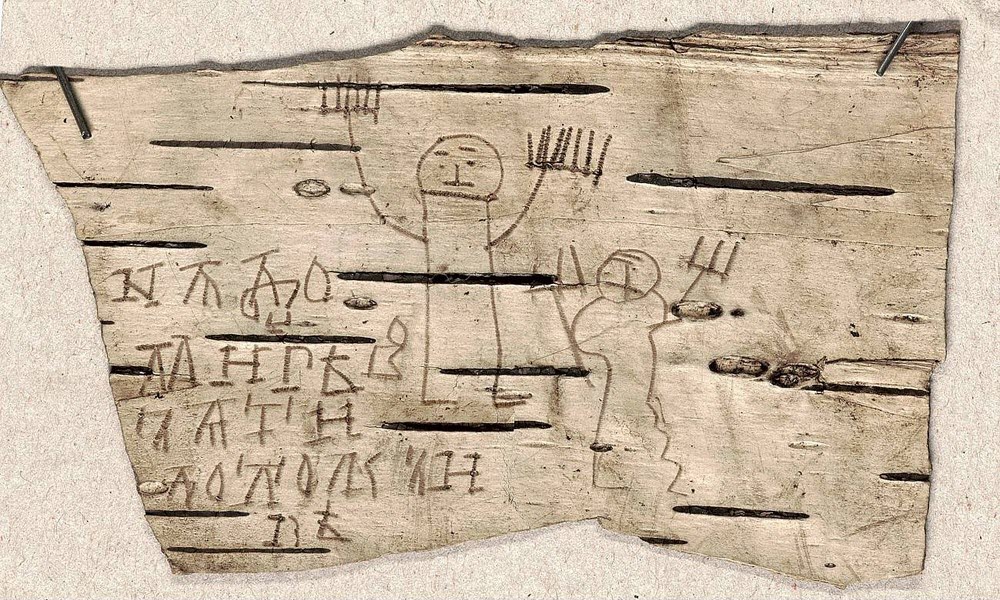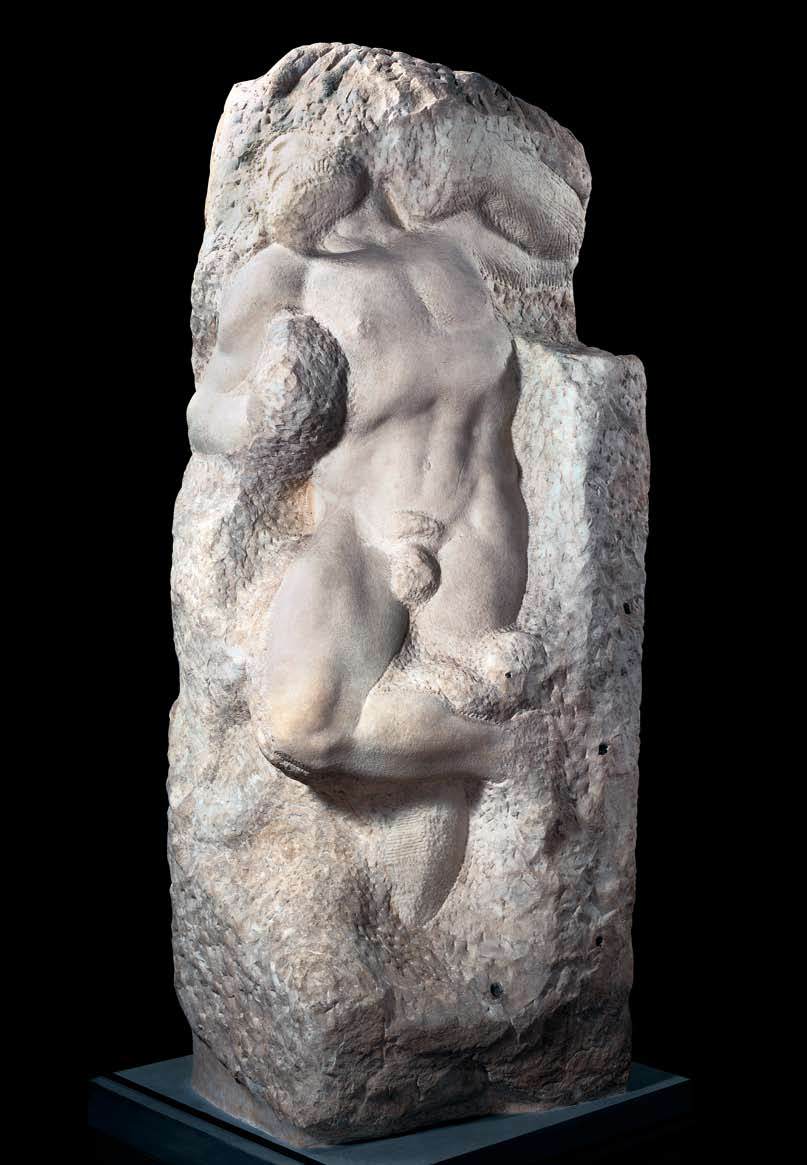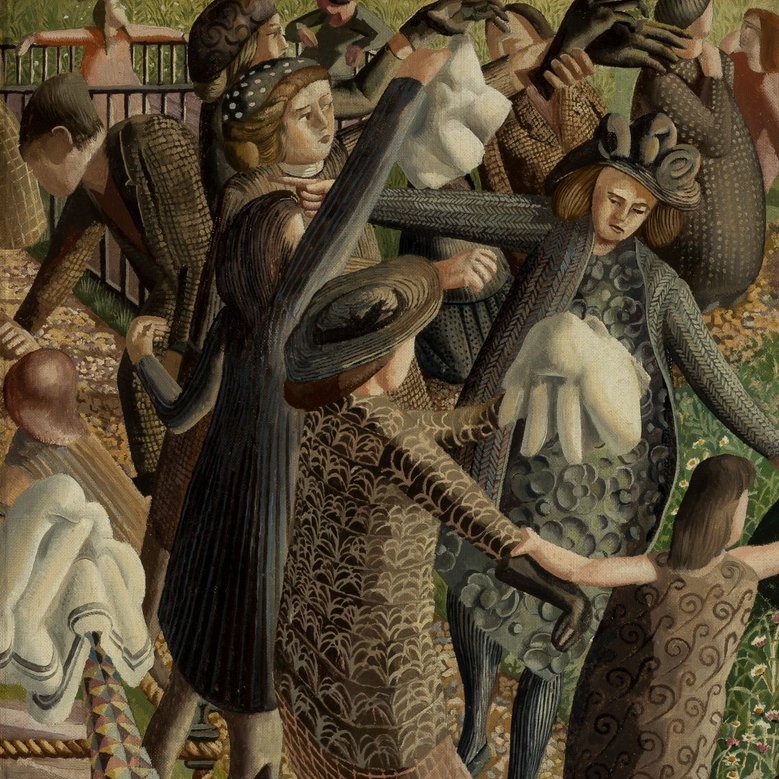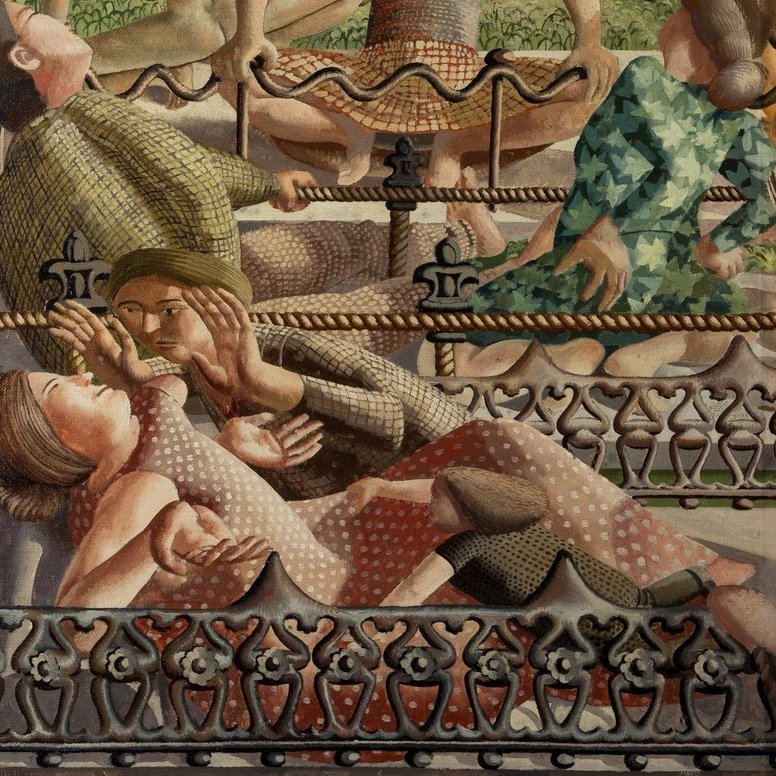As we enter a lockdown, I thought I would every day share an artwork, or part of an artwork, that makes me happy -- & that might help people come to terms with isolation.
1. A Wall in Naples (1782). Painted while holed up in his lodgings in Naples, Thomas Jones turned the crumbling wall he saw from his window into an exquisite abstraction: an C18th Mondrian.
2. At a time when so many children (my son included) are being deprived of the oxygen of outdoor play, I& #39;m dreaming of Félix Vallotton& #39;s achingly beautiful & #39;The Ball& #39; (1899).
3. When you& #39;re stuck indoors, windows become life-support machines. No one painted them better than Andrew Wyeth. This is & #39;Wind from the Sea& #39; (1947) in the National Gallery of Art.
4. In the late 1940s -- just as the NHS was being formed -- Barbara Hepworth made a series of drawings of surgeons, who work with beatific grace.
5. Nothing focuses a distracted mind quite like drawing and painting. In Japan, Zen priests drew circles over and over again, usually in one continuous stroke. This one is by Shogetsu, made in the first half of the nineteenth century.
6. As the clocks spring forward, and buds unfurl outside, I’m thinking of Howard Hodgkin’s late masterpiece, & #39;Leaf& #39; (2007-9) — made from a delicious stroke of emerald green paint.
7. With social restrictions expected to last longer than any of us hoped, perhaps we should take a leaf out of Meredith Frampton& #39;s book. This is his mesmerising & #39;A Game of Patience& #39; (1937) in the Ferens Art Gallery, which took him the best part of a year to paint.
8. Today I& #39;m delighted by this. It must be history& #39;s most beautiful signature: the tughra of Sultan Süleiman the Magnificent, made in Turkey in 1550s. Do take a moment to enjoy the close-up.
9. "That very night in Max& #39;s room a forest grew and grew -- and grew until his ceiling hung with vines and the walls became the world all around".
You can& #39;t lock down, or lock up, the imagination.
You can& #39;t lock down, or lock up, the imagination.
10. As the death toll continues to rise I& #39;m reminded of Rogier van der Weyden& #39;s tears, which drench his devastating Deposition (1435) in the Prado.
11. If I had to be trapped indoors for eternity, I’d want this for company: Helen Frankenthaler’s incandescent & #39;Canyon& #39; (1965).
12. There are many sunrises in the history of art, but few from a bird& #39;s eye view. Dawn comes from the right, night leaves to the left.
The small white circles are stars, suspended in the brightening sky.
Mick Namarari Tjapaltjarri, & #39;Sunrise chasing away the Night& #39; (1977-8).
The small white circles are stars, suspended in the brightening sky.
Mick Namarari Tjapaltjarri, & #39;Sunrise chasing away the Night& #39; (1977-8).
13. An approved form of daily exercise, as anticipated by British artist David Inshaw. This is & #39;She Did Not Turn& #39;, painted in 1974.
14. Of all the artists working today, few give me more eye-popping pleasure than Kehinde Wiley. This is his portrait of Moerai Matuanui, from 2019.
15. In a world of social distancing, when physical contact is tainted with fears of contagion, Gian Lorenzo Bernini& #39;s roving hands have never seemed more illicit. I& #39;ve stared at his sculptures for years and still can& #39;t quite believe they& #39;re carved from stone.
16. Gustav Klimt died during the Spanish Flu pandemic in 1918. He’s principally remembered for his portraits, but his landscapes scintillate. He was such a brave colourist; he must have held his breath when he painted these fluorescent turquoise ripples.
17. Access to the landscape is now permitted only for exercise, but it will again be a site of creativity. German artist Nils-Udo fashions monumental nests in the woods — and other works so fragile and ephemeral that they only survive for seconds.
18. During the Renaissance, artists made a series of paintings of ‘ideal’ — and mostly deserted — cities.
They now seem eerily prophetic.
They now seem eerily prophetic.
19. With nowhere to go, our eyes can become starved of stimulation. But everything is interesting if you look closely.
In 1503 Albrecht Dürer spotted a small clod of weeds near his home and transformed them into a landscape of epic intricacy.
In 1503 Albrecht Dürer spotted a small clod of weeds near his home and transformed them into a landscape of epic intricacy.
20. To mark Easter, here is Francisco de Zurbarán& #39;s & #39;Lamb of God& #39; (c. 1635); a wise and beguiling painting about life and death, sin and sacrifice.
21. Everyone is drawing rainbows right now, but some artists make them for real. In 2012 Michael Jones McKean pumped thousands of gallons of water into the sky over downtown Omaha, thrilling passers-by.
22. For all its difficulties, lockdown has at least one benefit: it gives parents and children time together that they wouldn& #39;t otherwise have had. This is Mary Cassatt& #39;s charming pastel of a bedtime hug, its faces pink and compressed with love.
23. As we slog through the fourth week of lockdown, everyday life looks increasingly like the work of Walter Sickert. Here& #39;s his & #39;Ennui& #39; (Boredom), painted in 1914, in @Tate.
24. For those of you living in flats, this is Yves Klein& #39;s unforgettable & #39;Leap into the Void& #39; (1960): a rhapsody of escape and liberation.
Please don& #39;t try it at home.
Please don& #39;t try it at home.
25. Few things more reliably cheer me up than Japanese Rinpa painting. This is Suzuki Kiitsu& #39;s picture of morning glories, made in the early C19th.
Is there any better colour combination than blue and gold?
Is there any better colour combination than blue and gold?
26. Jean-Baptiste Oudry spent much of his career trying to master the many colours of white. A few years before his death he painted ‘The White Duck’ (1753). Sadly, this magnificent artwork was stolen from Houghton Hall in 1992. It has not been seen since.
27. As we continue to be separated from our relatives, I& #39;m sharing this sumptuous Mughal painting, made c. 1618.
It shows two cousins — Emperor Jahangir and Shah Abbas of Iran — in a tender embrace. In reality they were mortal enemies.
It shows two cousins — Emperor Jahangir and Shah Abbas of Iran — in a tender embrace. In reality they were mortal enemies.
28. Looking closely at paintings can be revelatory.
We often think of Monet& #39;s work as safe, even twee. But, as these close-ups prove, he was as radical as anyone working today.
We often think of Monet& #39;s work as safe, even twee. But, as these close-ups prove, he was as radical as anyone working today.
29. Coronavirus is believed to have originated in bats, but this one seems to be blaming someone else.
This vividly characterful watercolour was made in India c. 1780, and can be found in the @metmuseum in New York.
This vividly characterful watercolour was made in India c. 1780, and can be found in the @metmuseum in New York.
30. Today, for Earth Day, a masterpiece of environmental art.
In May 1982 Agnes Denes planted a two-acre wheat field in lower Manhattan, harvesting it four months later. This piece seems more relevant than ever, as nature re-conquers our deserted cities.
In May 1982 Agnes Denes planted a two-acre wheat field in lower Manhattan, harvesting it four months later. This piece seems more relevant than ever, as nature re-conquers our deserted cities.
31. Turner claimed that he was born on this day — St George’s Day — in 1775, but he was probably fibbing. This watercolour, of a castle on a lake, might be my favourite of all his works.
It is so delicate and diaphanous that it almost isn’t there.
It is so delicate and diaphanous that it almost isn’t there.
32. Joseph Cornell understood isolation. He spent most of his life at home with his mother, looking after his disabled brother. In 69 years he hardly ever left New York. But his bittersweet constructions are infused with a fantasy of escape.
33. Before disinfectant and injected UV rays became available, many people protected themselves against disease with amulets. This beauty, from c. 1700, is made from patterned fabric, metal pendants, a wax seal, and seeds. It was folded up in paper and kept safely in a pocket.
34. Crises make nature more vivid than normal.
Laura Knight created this resplendent portrait of spring in the middle of the First World War. It was illegal for artists to to draw or paint outdoors at the time, so she made the sketches while hiding in bushes.
Laura Knight created this resplendent portrait of spring in the middle of the First World War. It was illegal for artists to to draw or paint outdoors at the time, so she made the sketches while hiding in bushes.
35. Did anyone paint metal better than William Nicholson? This 1911 picture of a lustre bowl and green peas (in the @NatGalleriesSco) is just perfect in every way.
36. A wet Tuesday with nowhere to go. Time for a good book, or a nap — or, in this case, both. I& #39;ve always loved this portrait of youthful boredom. Even the composition seems to be falling asleep.
Ramon Casas, & #39;After the Ball’ (1895). Museo de Montserrat.
Ramon Casas, & #39;After the Ball’ (1895). Museo de Montserrat.
37. This portrait by Velazquez gives me goosebumps. It& #39;s so sinister and mischievous. The poor man looks like he& #39;s being consumed by his own clothes. The original is in the wonderful @DIADetroit
38. Great artists are alchemists. They can transform a few strokes of paint into almost anything. Vermeer only needed a swirl of grey and a dollop of white to create the most memorable earring in art.
39. Even great artists get things wrong. In his Last Supper from the Arena Chapel, Giotto didn’t know where to place the haloes of the apostles with their backs to us — so he put them in front of their faces. I’m sure they didn’t miss anything important.
40. Children all over the world are struggling to concentrate on their schoolwork at the moment. This Russian boy called Onfim was no different. Bored of spelling practice, he doodled this portrait of his parents. So far, so familiar — except he did it 800 years ago.
41. If you’re sick of being locked up indoors, spare a thought for Michelangelo’s unfinished figures, who’ve been trapped in marble for five hundred years.
42. As Germany gingerly exits lockdown, I& #39;m thinking of Lotte Laserstein. She was one of the great painters of the Weimar era, though often overlooked. This is her monumental picture of friends having dinner together -- a simple pleasure now all but forbidden.
43. Since a childhood visit to @SpencerCookham, I’ve loved the work of Stanley Spencer. His art celebrates the opposite of social distancing. In this Resurrection from 1945, long-estranged families meet again, hold eachother close and dance with joy.
44. Victor Hugo is famous for his novels. But during exile and isolation in the Channel Islands in the 1850s he made thousands of drawings. They are so accomplished, and so ahead of their time, that they beggar belief.
45. To mark V.E. Day, here’s Gustave Courbet’s ‘The Stone Breakers’ (1849), a blunt but respectful portrait of lowly labourers that many thought didn& #39;t deserve to be painted.
This important painting was destroyed by an Allied bomb in February 1945.
This important painting was destroyed by an Allied bomb in February 1945.
46. The opposite of lockdown: John Brett’s 1871 painting of the English Channel - wide, placid and rippling beneath fingers of sunlight. I can almost smell the sea air.

 Read on Twitter
Read on Twitter


